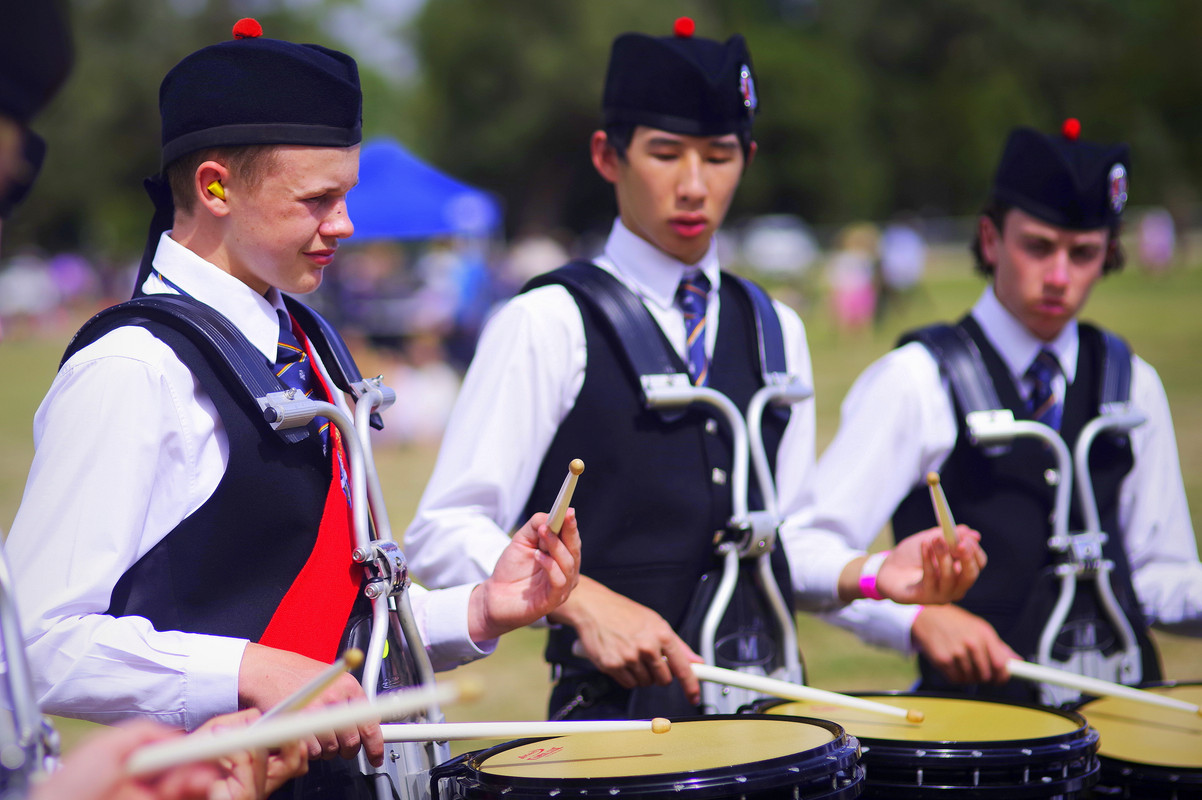Good morning, all. I'm a very data driven guy. I recently took a pole.
And 100% of the people in the tent were angry when it collapsed.
But I'm trying to be a better person. I once tried to humiliate an ex-girlfriend by telling all my friends she was terrible in bed.
That backfired, when they all disagreed.
This week, I want to talk about a principle known to designers (interior decorators are big on this) that can apply to photography as well.
It's that an image or scene with an odd number of identical or similar objects is somehow more appealing than an even number, and it's separate from any geometric arrangement of them. Three cushions on a sofa seem more memorable than four, five bottles of wine spaced apart on a shelf more interesting than six.
Why this might be so is anyone's guess. Perhaps our minds are stimulated by the asymmetry.
In any case, we can apply that when framing and arranging in our own photography, like the highland band members below, taken with the Pentax K-1 and Sigma 85mm f1.4.
To finish with this week, there's the story of the man who taps his taxi driver on the shoulder to get his attention.
The driver screeches, loses control of the vehicle, nearly hits a car, swerves up a footpath, just misses a pedestrian and stops inches from a shop window.
For a few moments there's a deathly silence. Then the driver gasps, "Are you alright? I'm terribly sorry, but you scared the sh!t out of me."
The man whispers, "I'm sorry for startling you. I had no idea that a tap on the shoulder would do that."
"No, it was my fault. Today's my first day with the taxi. I've been driving a hearse for ten years."
Find the rest of the series here:
Clackers' Beginners Tips (Collected) - PentaxForums.com 


 Similar Threads
Similar Threads 

























